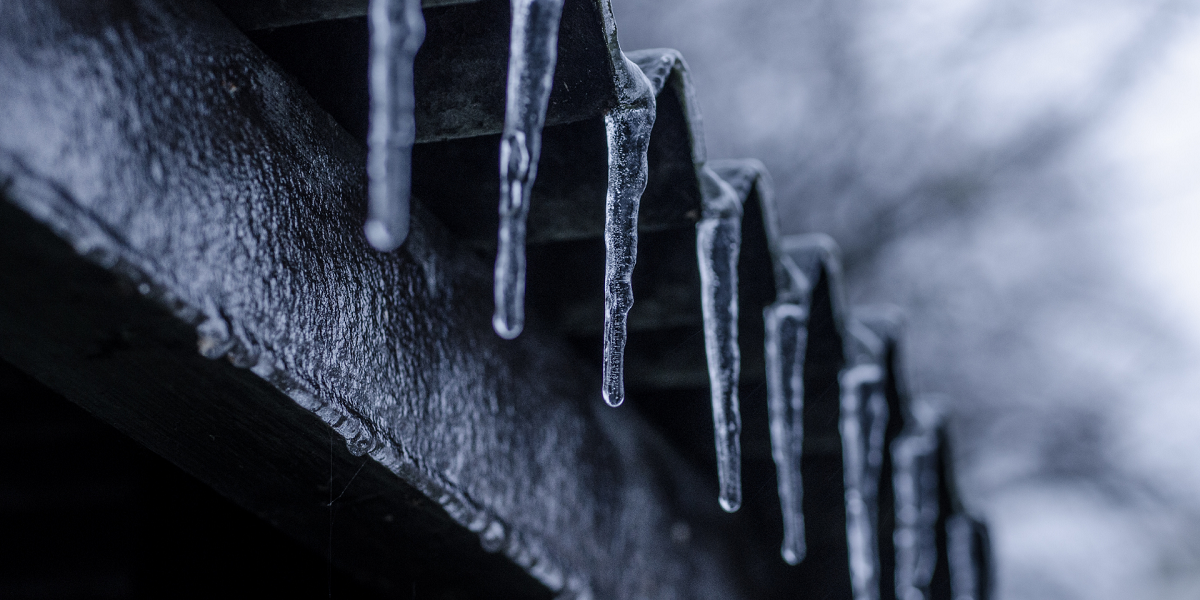What is a roof drip edge?
Roof drip edges are metallic sheets mounted at the roof’s edge, generally in the form of an “L.” They steer water away from the fascia and into the gutter and are also known as drip edge flashing or D-metal.
Water can end below the shingles without a drip edge and cause damage to different parts of the house. While a drip edge might not initially be included in your home, drip edges are now expected to protect houses from damages under most construction codes worldwide, for instance, in North America.
The edge of the target overlaps the sides of the roof and is riveted by narrow metal flanges. It’s non-corrosive and sturdy so that the roof looks fine but stable structurally. Since they are non-corrosive and non-staining, they keep the roofing structure looking healthy and sound. A drip edge, in particular the corners, should be put on the entire roof perimeter.
They bend away from the fascia board with a small metal flange. Drip bands pull water out of the fascia and the rink to avoid damage to the house’s underlay.
Why should we use roof drip edging?
There are many reasons as to why you should use a roof drip edge, and some are:
- Protects against ice jams during the winter months on the bottom of the roofline.
- Support gutters to get your building and your base free from flooding.
- Seals any openings at the bottom of the roof – where there is always a crack between the decking and the fascia – that could enable small animals to reach the attic.
- Increases the lifespan of the roof and its total efficiency.
- When the weather is terrible, the wind blows water around on a roof. Wind-driven rain is prevented from damaging the roof deck by shingles, underlayments, and ice and water protector.
Types of drip edge roofing:
The roof drip edge is usually sold in lengths of 10.5 feet, but often, it is sold in heights of 8 feet or less. The overhang itself usually varies between 2 and 5 inches in length. In the shop, you can find other drip edge types and sizes. Nowadays, we have different types of drip edge roofing, but mainly we consider these three:
1. Type C:
This is the traditional “L”-shaped drip lip, also known as “L style.” This drip edge has a lower flange at the bottom, twisted to a 90-degree angle.
2.Type D:
This drip edge profile is formed as “T,” with the bottom of a lower flange. It’s also known as drip metal, “D-metal,” or “T type.” Since it prevents water from the fascia, the Asphalt Roofing Manufacturers Association (ARMA) favors this drip edge profile over Type C. However, according to most building codes, Type C is still permissible.
3. Type F:
It is an extended drip edge with a long leading edge that can mount new drip edges over current or rake edges. This profile is sometimes referred to as ‘F-style’ or ‘gutter apron.’
What are the materials used to make drip edges roofing?
The dripping edges under the building code shall be non-porous, rust-resistant, or galvanized.
They are frequently constructed of materials that are compatible with the metal. You may also find those made of strong plastic, vinyl, or fiberglass.
Copper
It’s robust and durable. It gives a special appearance to your roof too. It should be at least 0.69 mm or 20 ounces when used as a drip edge.
Aluminum
The roof drip edge of aluminum might not be solid enough compared to steel, but it is the best way to prevent rust, especially in houses located on the coast. They are also available in colors that will surely complement your home.
Galvanized Steel
The ends of the drip were conceived to be in contact with liquids that contribute to the roofing gutter. They must be galvanized to resist corrosion since they are made of steel. Consider a minimum of 24-gauge steel as steel is lightweight. This allows for heavy winds on the outside of the drip.
Conclusion
A roof drip edge protects your roof and fascia from water loss, extends the life of your roof and decking, and shields the exterior of your home from damage. You can enjoy your home and the outdoors without having to think about weather damage if you use the proper drip edging.
To get your roof dripped edge, get in contact with the nearest roofing company around you.






